Varicose veins are enlarged, twisted veins that typically appear on the legs and feet. They occur when the valves in your veins, which help push blood back to your heart, become weak or damaged. As a result, blood can pool in your veins, causing them to stretch, bulge, and become visible beneath your skin.
Varicose veins are veins near the surface of the skin that have become overfilled with blood. They appear swollen, raised, and twisted, with red or bluish-purple coloring. Varicose veins appear on the legs because the veins in the legs must work against gravity to pump blood back to the heart.
What Is Red Light Therapy?
Red light therapy, also known as low-level laser therapy (LLLT) or photobiomodulation therapy (PBMT), is a non-invasive treatment that uses red and near-infrared light to stimulate cellular function and promote healing. This therapy has gained attention for its potential benefits in various health conditions, including skin aging, wound healing, and pain management. In recent years, red light therapy has emerged as a promising approach for managing varicose veins.
RLT uses specialized equipment to emit specific wavelengths of light directly to the skin surface of a targeted area. By penetrating the skin, RLT is absorbed by cells, resulting in biochemical reactions necessary for healing and regeneration. Treatments are relatively short, typically 20-30 minutes, and most often repeated 2-3 times a week initially.
How Red Light Therapy May Help Varicose Veins
Red light therapy for varicose veins may be a natural solution. This article delves into how light therapy might treat varicose veins by enhancing circulation, reducing oxidative stress, and promoting healthy cell function. Red light therapy enhances blood flow by stimulating nitric oxide production, which helps relax blood vessels and improve circulation.
This increased blood flow can alleviate symptoms of varicose veins by reducing the pressure and discomfort they cause. By improving circulation, red light therapy also aids in the efficient removal of metabolic waste, reducing inflammation and swelling associated with varicose veins. This non-invasive method targets the root causes, making it a promising option for managing and improving the appearance of varicose veins.
When varicose veins go untreated, the skin that surrounds them can develop ulcers and sores. These can be painful, itchy, may weep, and even shed. The use of red light therapy on this type of skin may help reduce inflammation in the immediate area and speed up wound healing. Red light therapy targets fibroblasts in the skin responsible for collagen production and new tissue growth.
RLT exerts its action on improving skin condition along with the veins. When collagen production is enhanced, aging processes slow down, which improves the skin tone and texture of areas with varicose veins.
Scientific Evidence and Limitations
Despite the growing interest in red light therapy for varicose veins, the available research on its effectiveness is limited. Most studies to date have been small, uncontrolled trials or case reports, making it difficult to draw definitive conclusions about the therapy’s efficacy. However, some studies have shown promising results. For example, a 2019 study published in the Journal of Cosmetic Dermatology found that a combination of red light therapy and near-infrared light therapy significantly improved the appearance of varicose veins and reduced pain and heaviness in the legs of 20 participants after 12 treatment sessions.
Another study, published in the Journal of Photochemistry and Photobiology B: Biology in 2020, investigated the effects of red light therapy on endothelial function in patients with chronic venous insufficiency, a condition closely related to varicose veins.
No Direct Impact on Large Veins: Red light therapy can improve blood flow and reduce inflammation, but it is unlikely to completely remove or shrink large varicose veins. Established treatments like sclerotherapy or endovenous laser ablation (EVLA) are more effective for directly targeting and closing off the damaged veins.
Comparing Red Light Therapy to Other Treatments
Conventional treatments such as sclerotherapy, laser therapy, and surgical treatment-all of these methods are painful and cost highly with a long recovery time. RLT offers a new, less invasive, and risk-free solution than conventional treatments.
- It has the following advantages: Non-Invasive: RLT does not involve injections or surgical procedures; hence, it is less traumatic with reduced recovery time.
- Mild Side Effects: Some hallmarks of traditional treatments are minimal discomfort levels, bruising, and recovery periods that extend a bit longer; however, side effects from RLT are generally mild and temporary.
- Cost Effective: Compared to the required frequency and duration of a surgical and laser treatment, at least RLT could be more cost-effective in varicose vein management.
Sclerotherapy is an FDA-approved medical treatment for eliminating spider veins and varicose veins. Unlike blue light therapy, sclerotherapy is a proven, safe, and effective treatment that can only be administered by a trained medical professional. Sclerotherapy works by injecting a medicated foam into each of the problem veins.
Practical Considerations for Using Red Light Therapy
Choosing the Right Red Light Therapy Device Not all red light therapy devices are made the same. When it comes to choosing a device for varicose veins, it’s important to remember the old adage: you get what you pay for. The quality and design of the device directly affect its effectiveness in treating the condition. For example, the Bontanny Remote Control Series Professional Red Light Therapy Device is a top-of-the-line red light therapy device that has been specifically engineered to maximize treatment efficiency.
What to Expect from Red Light Therapy Treatment with red light therapy is typically painless and non-invasive. Sessions usually last about 10 to 20 minutes, depending on the severity, and are generally performed multiple times per week. While results can vary, many users report gradual improvements in pain, swelling, and overall leg comfort.
Red light therapy can be used in combination with other conservative treatments for varicose veins, such as compression stockings, exercise, and elevating your legs. Wearing compression stockings can help improve blood flow and reduce swelling, while regular exercise and elevating your legs can help promote circulation and alleviate symptoms.
Anecdotal Evidence and User Experiences
The LED treatment that I have received from Renew with Heather has done wonders for my varicose veins. The little purple spider veins on both my lower legs are faded or gone, and a particularly large vein is considerably diminished. An added benefit of the LED treatment was that it helped with a bit of unrelated inflammation I had in one of my ankles that was causing some discomfort.
Complementary Role of Red Light Therapy
While red light therapy is not a cure for varicose veins, it offers a promising complementary approach to managing symptoms. However, for those considering red light therapy, consistency is key. Regular sessions over several weeks or months may be necessary to see noticeable improvements. Additionally, combining red light therapy with lifestyle changes such as regular movement, elevating the legs, and wearing compression garments can enhance results.
FAQ
Does red light therapy actually shrink varicose veins?
Nah, it doesn’t really shrink them. It can help with symptoms like swelling or pain by boosting circulation, but don’t expect it to make big veins disappear. Stuff like sclerotherapy is better for that.
Is it safe to try at home?
Totally, it’s super safe if you follow the device instructions. Side effects are rare, maybe some mild redness. Just don’t go overboard with session times.
How long till I see results?
Depends, but most folks notice less pain or swelling after a few weeks, like 2-3 sessions a week. Don’t expect overnight miracles, though.
Can I use it with other treatments?
Yup, it plays nice with stuff like compression stockings or exercise. Combining them might even work better. Check with your doc first, though.
Is it worth the cost?
If you’re after symptom relief and don’t wanna do surgery, it’s a solid option. Devices can be pricey, but cheaper than repeated doctor visits for some treatments.
View our products:

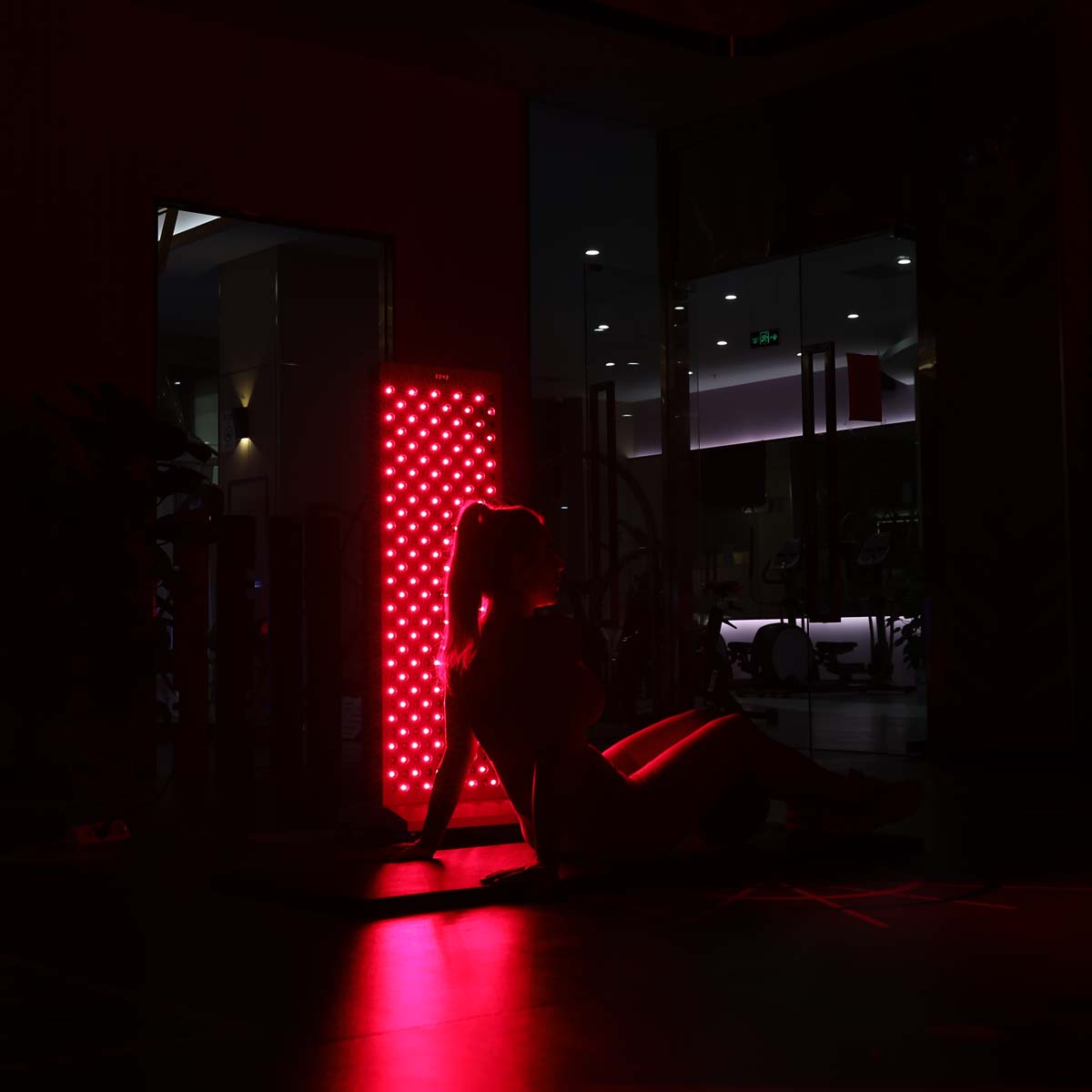
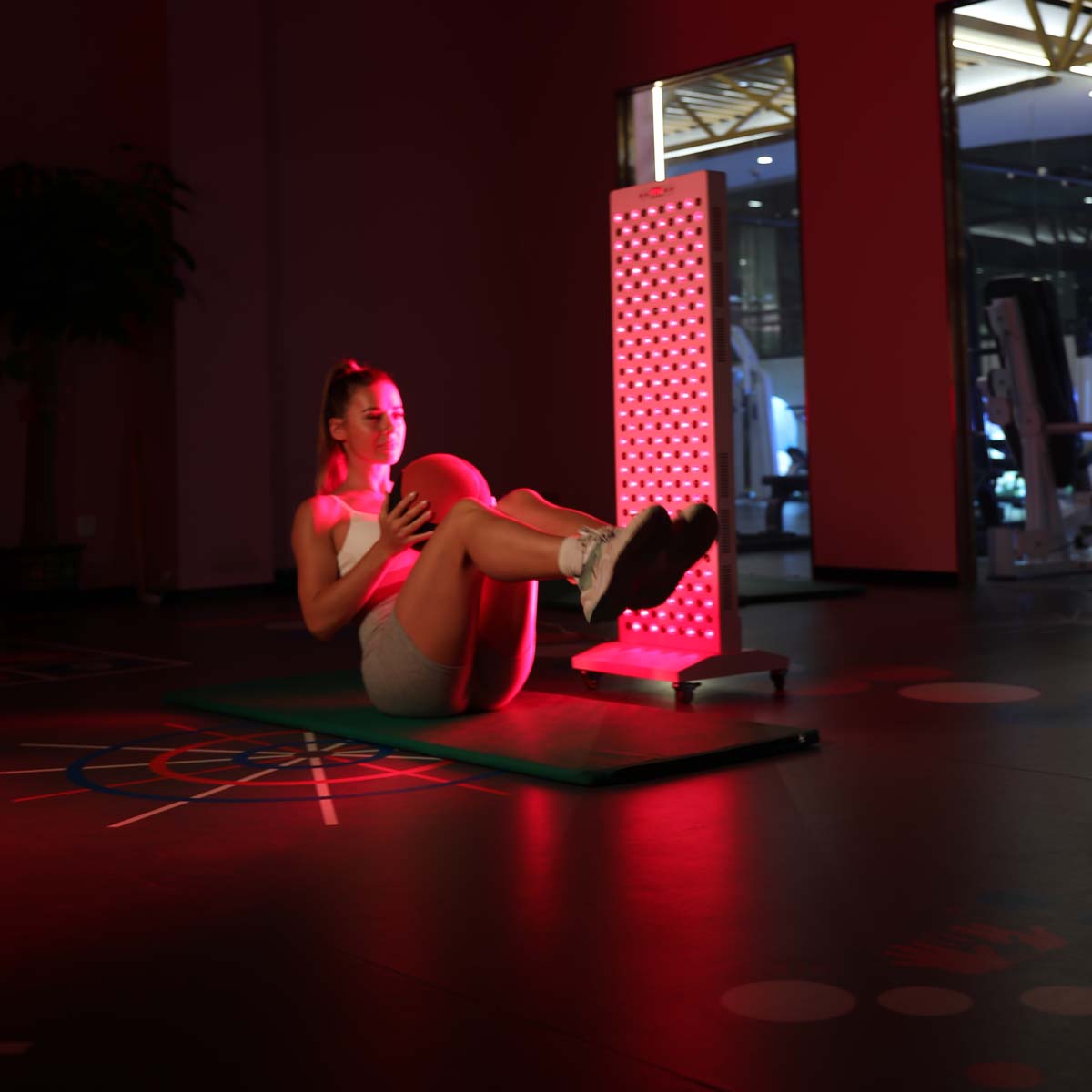
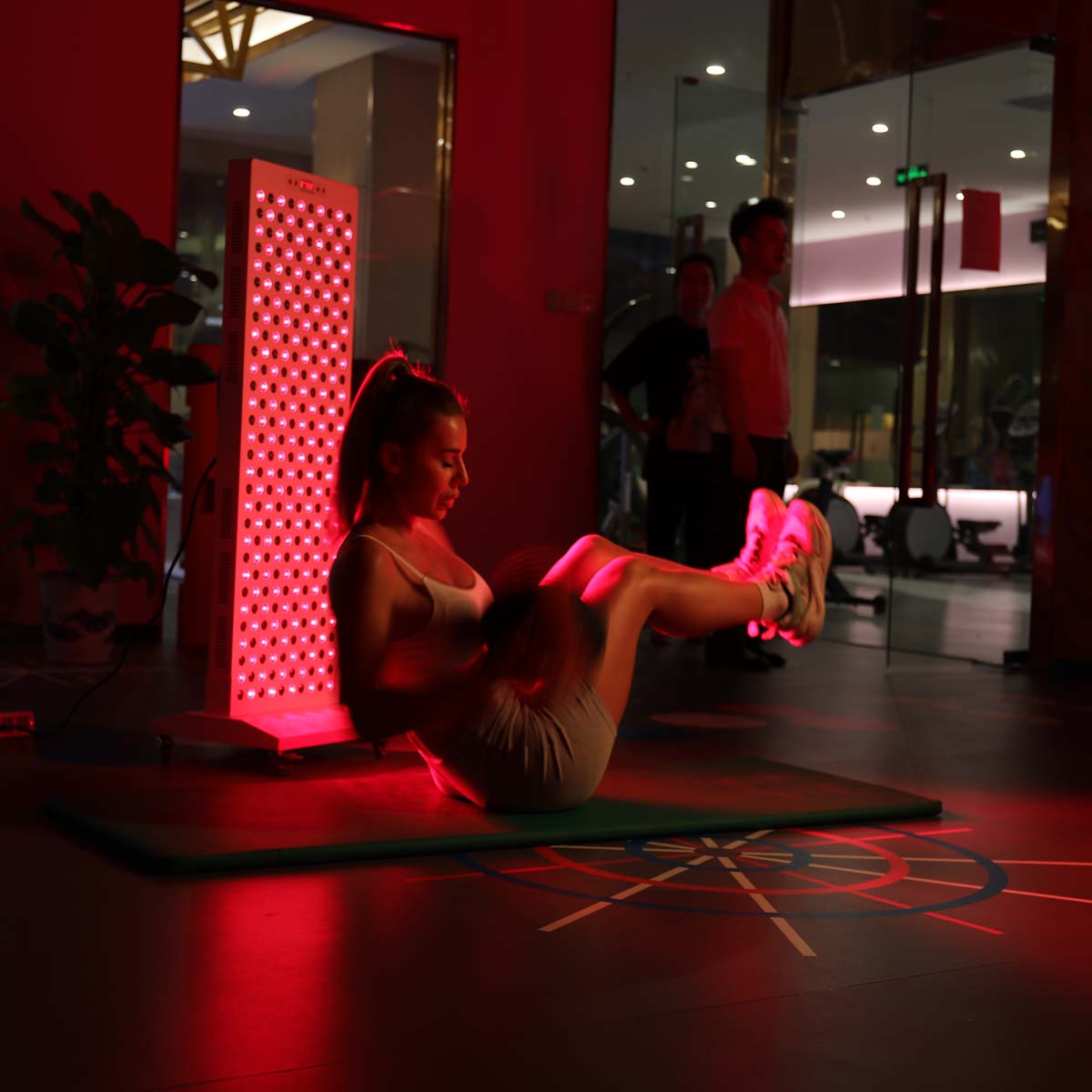
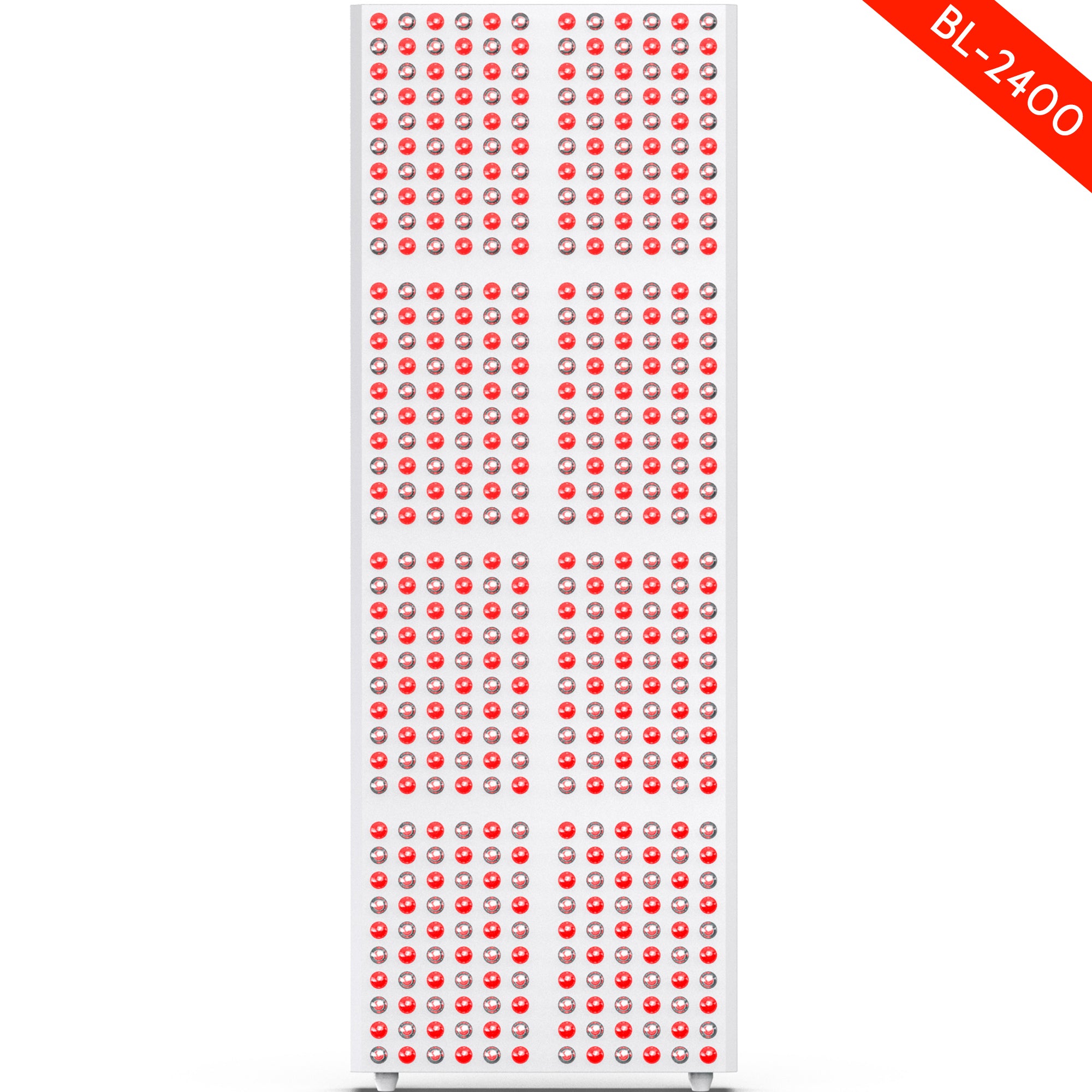
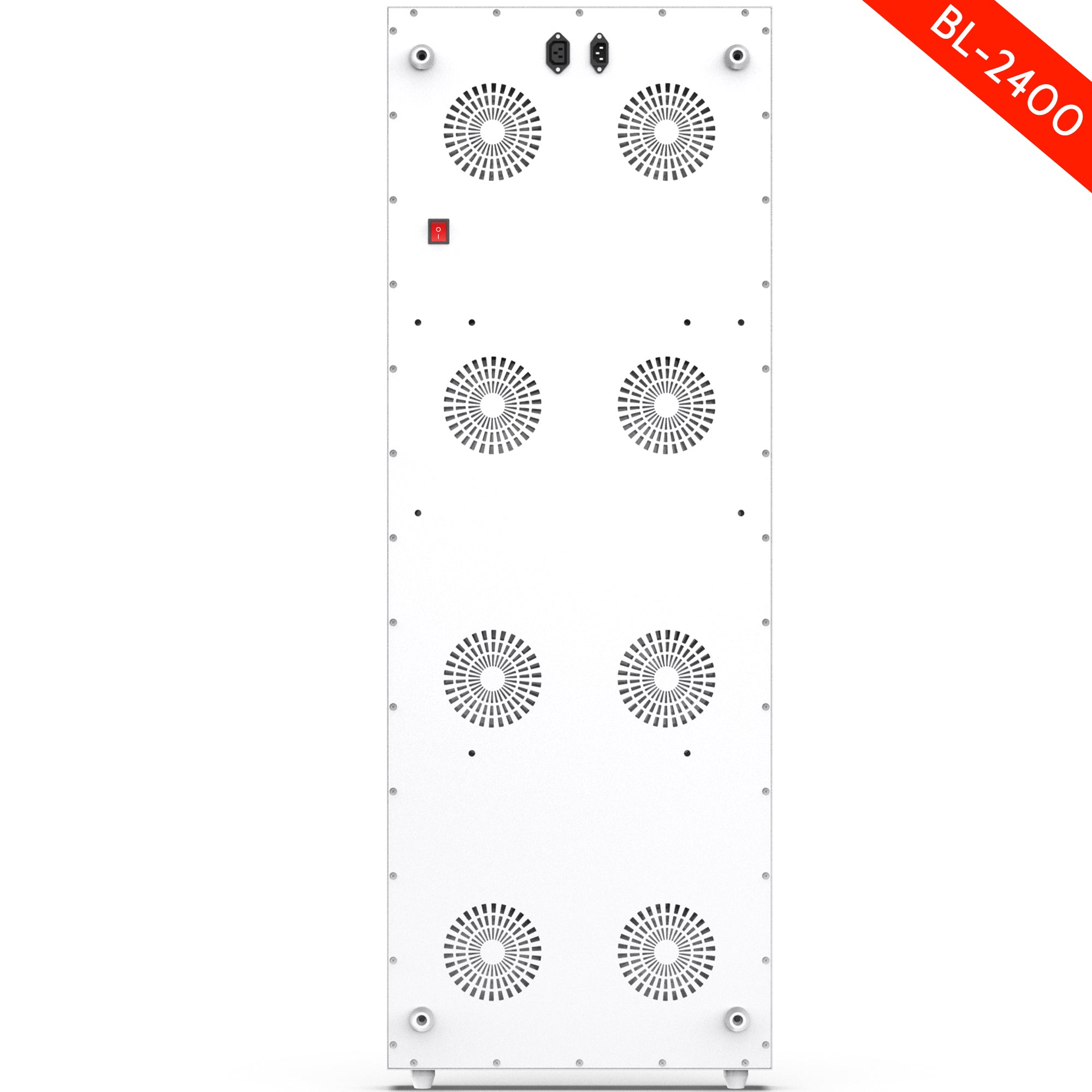
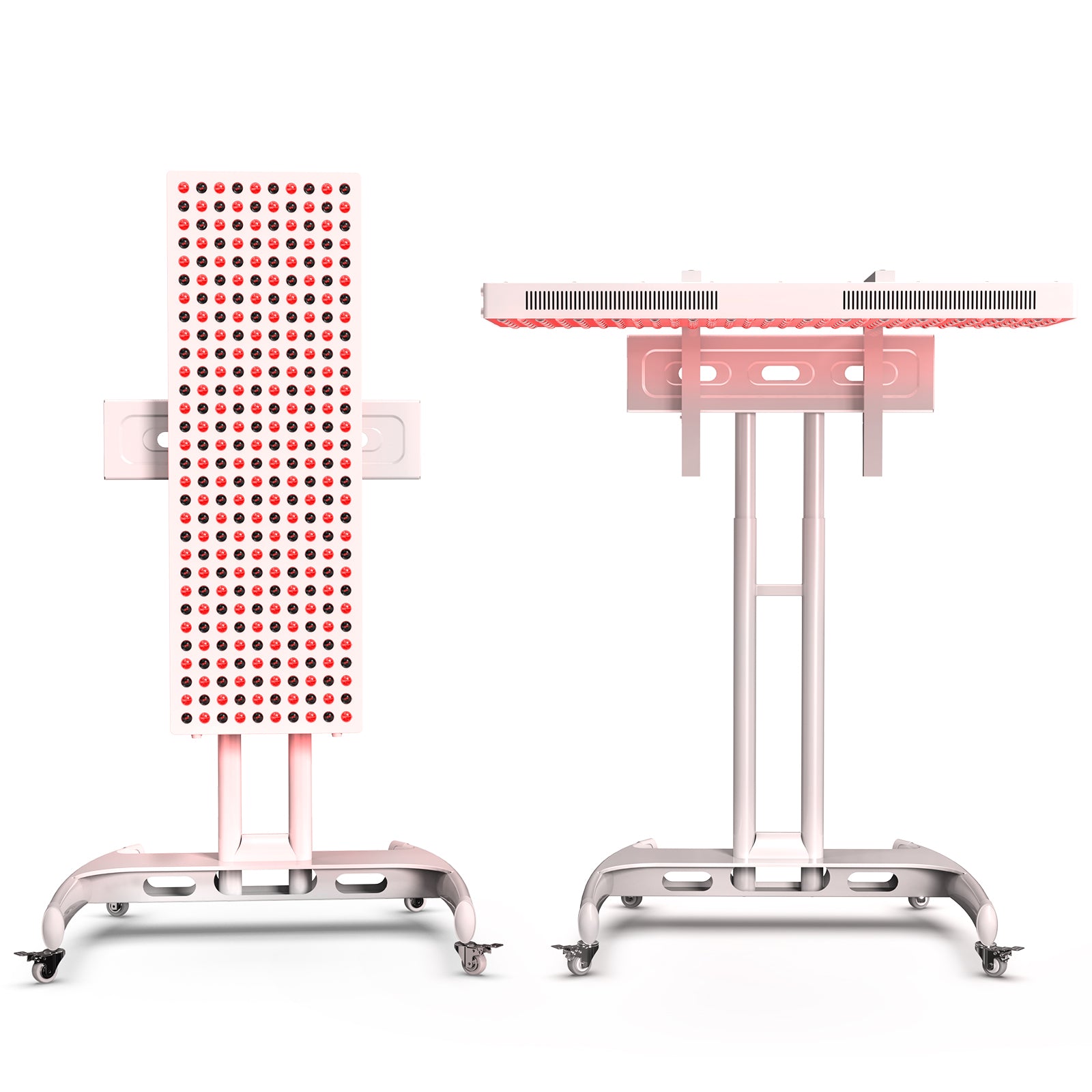
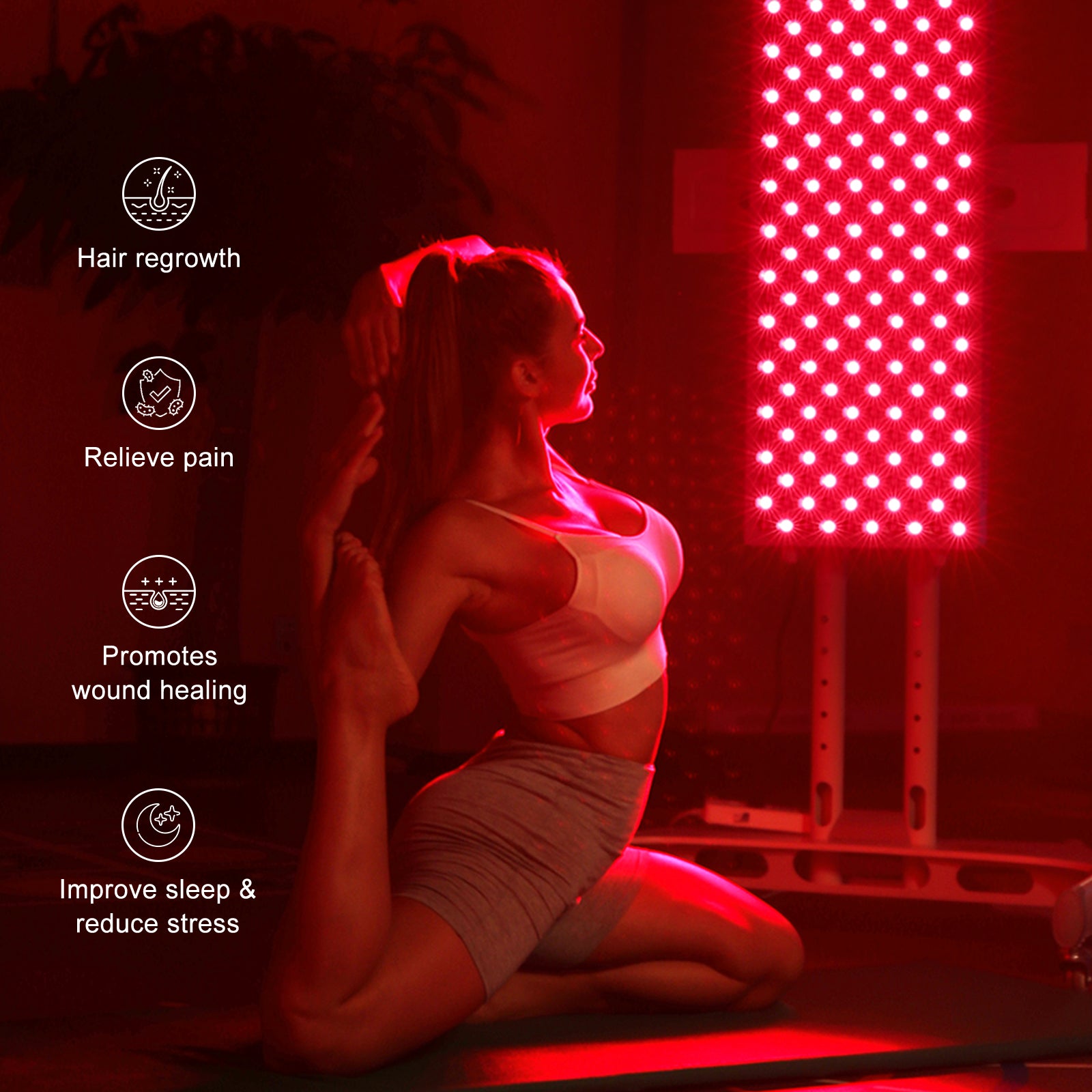
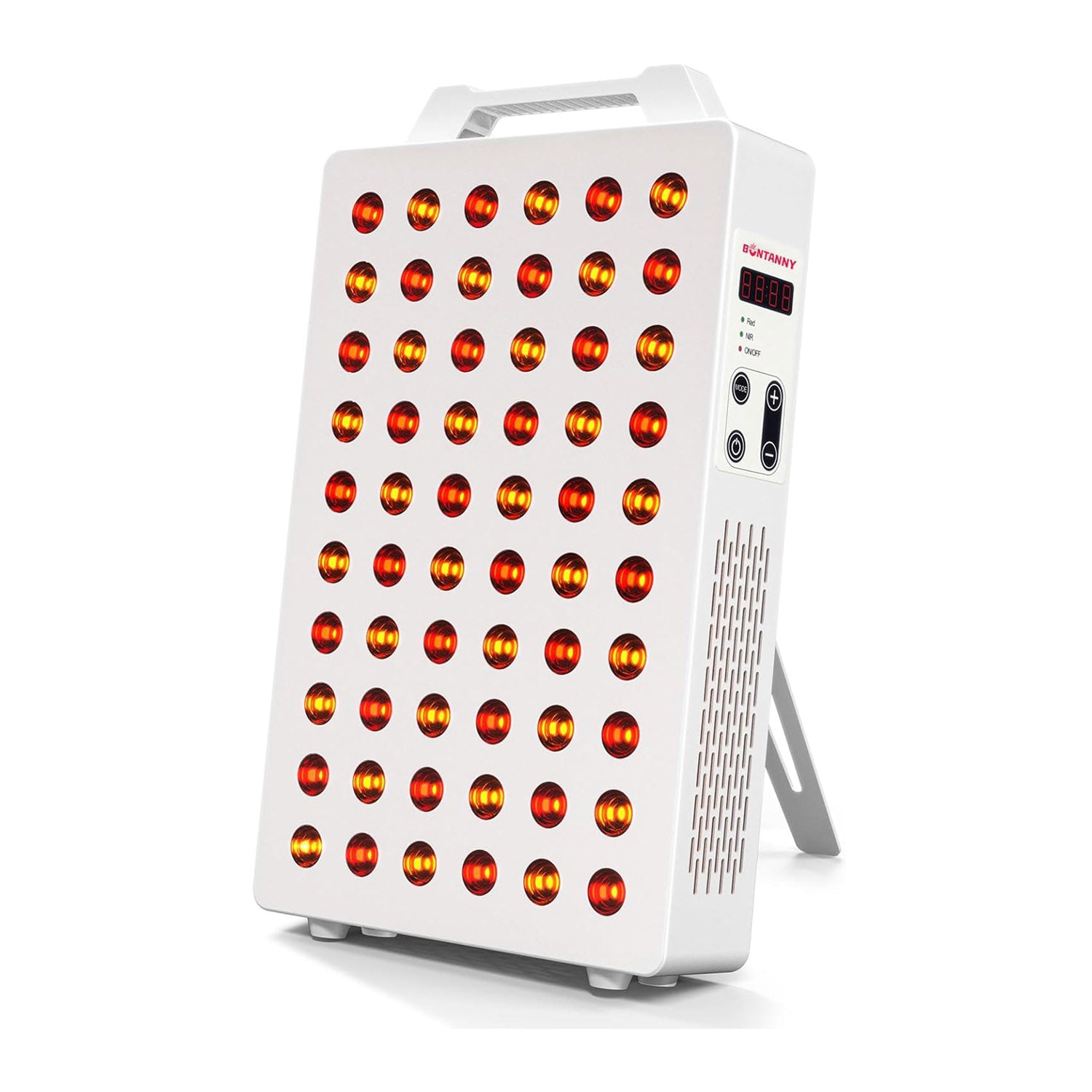
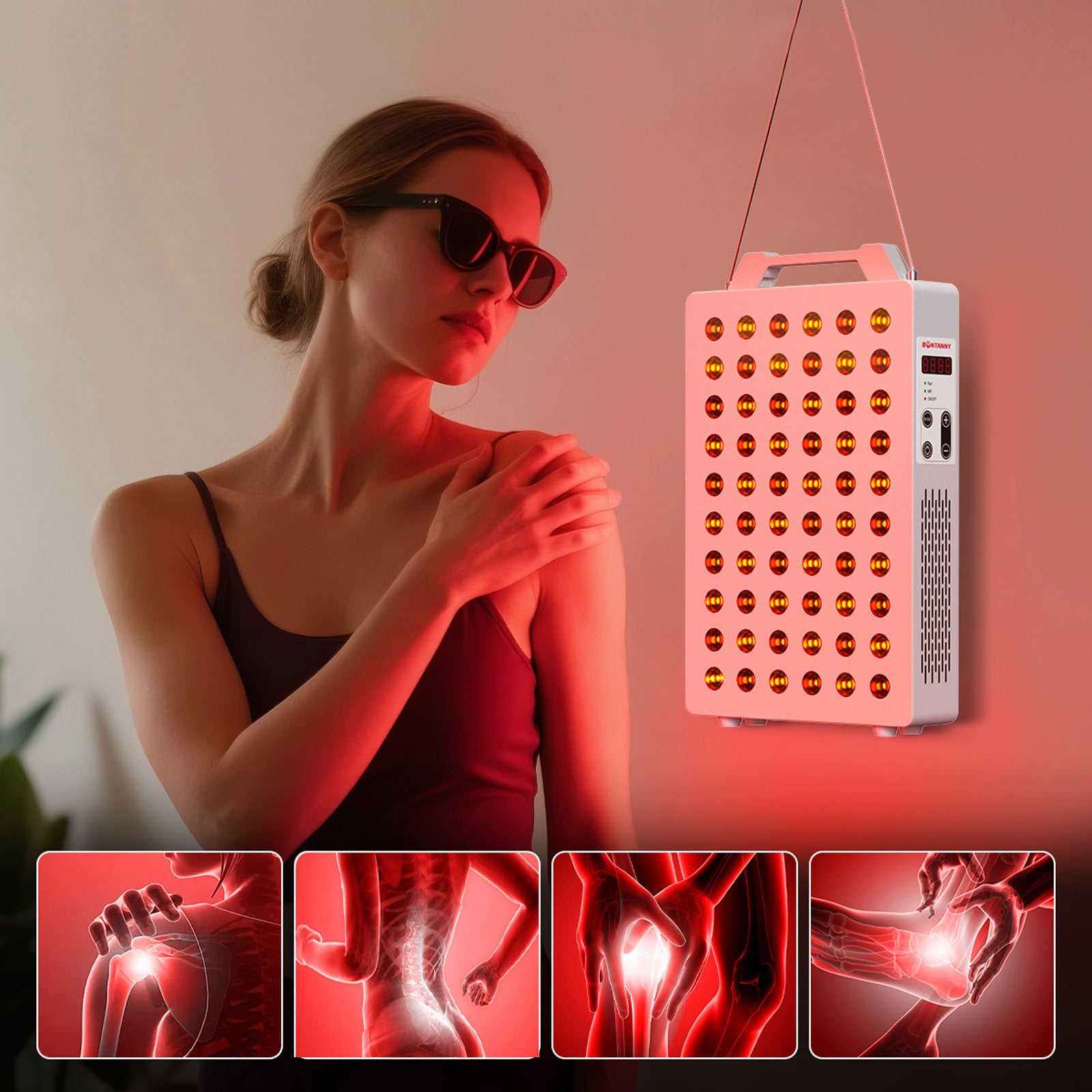
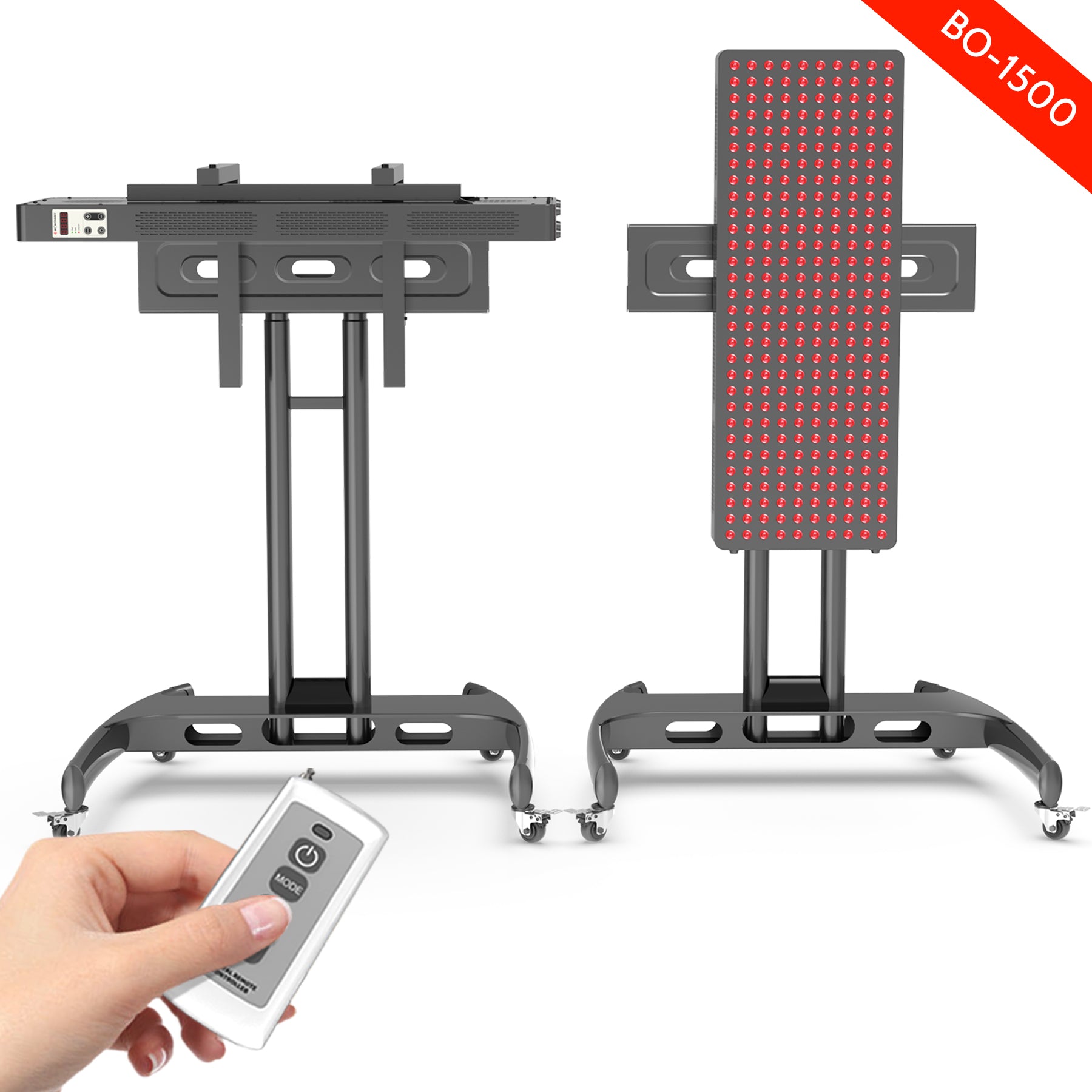

Leave a comment
This site is protected by hCaptcha and the hCaptcha Privacy Policy and Terms of Service apply.